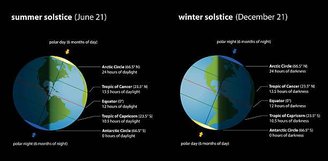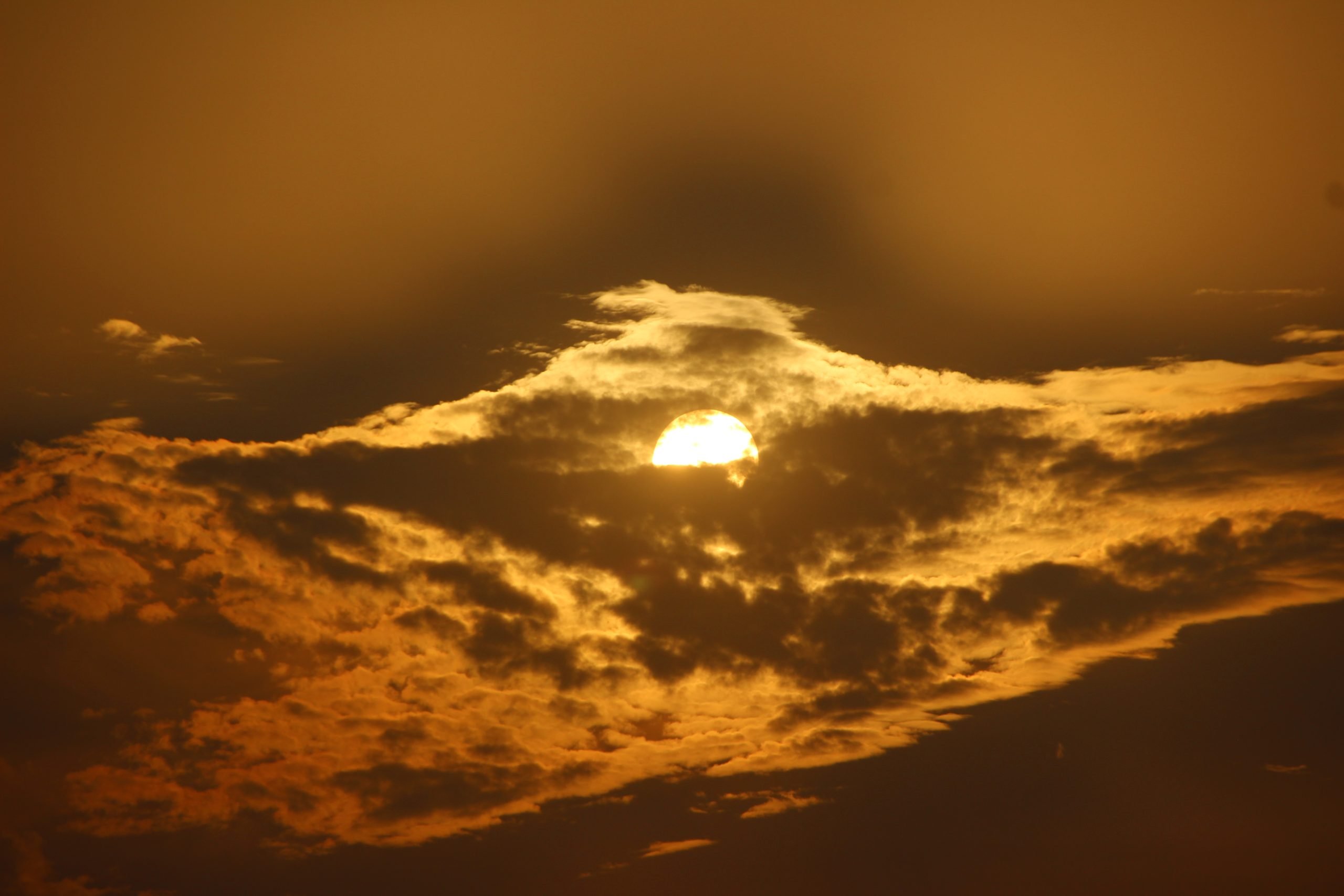In partnership with TecMundo #AstroMiniBR teamweekly meets best astronomical curiosities I would like to share with you a little more from the fantastic universe of astronomy. Check it out below!
1. Last meteor shower show of the year!
Between 13-14 December 2024, The peak of the Geminid meteor shower has occurredIt is one of the busiest of the year, with rates exceeding 100 meteors per hour in places with ideal conditions.
This year, however, this event coincided with the Moon being nearly full; The Moon’s intense brightness eclipsed most of the meteors, reducing the visibility of the celestial show.
Geminids originate from debris left behind by asteroid 3200 Phaethon, which burned up after entering Earth’s atmosphere, creating bright trails typical of meteor showers. Despite lunar interference, observers in areas with little light pollution were able to enjoy brighter meteors moving across the night sky.
The next observation opportunity for amateur astronomy observation enthusiasts Geminids with more favorable conditions will occur in December 2025When the moon phase will be most suitable.
2. How long is a day on Jupiter?
Jupiter, the largest planet of the Solar System, has an extremely fast rotation compared to other planets. It completes one revolution around its own axis in approximately 9 hours and 55 minutes.making it the planet with the shortest day in the Solar System.
This accelerated rotation is impressive considering the enormous size of Jupiter, which is approximately 11 times the diameter of Earth.
Its high rotation rate has significant effects on its atmosphere and shape, making it a planet slightly flattened at the poles and wider at the equator; This event is known as an offering. This rapid rotation also has a direct impact on Jupiter’s atmospheric dynamics.
The planet is famous for its colorful bands of clouds moving in opposite directions due to their intense and rapid rotation. This is because the rapid rotation creates strong jet streams and atmospheric eddies at different latitudes. The best-known of these formations is the Great Red Spot, a massive storm that has existed for centuries and is driven in part by the planet’s differential rotation and extremely fast winds.
Jupiter’s short day length is predominantly a result of its gas composition and conservation of angular momentum since its formation. Its dizzying rotation, combined with its immense gravity and dynamic atmosphere, make Jupiter one of the most fascinating celestial bodies in the Solar System.!
3. Summer has arrived in the Southern Hemisphere!
On December 21, 2024, the December solstice occurred, symbolizing the beginning of summer in the Southern Hemisphere and winter in the Northern Hemisphere. During the solstice, the Sun reached its southernmost position in the sky. As a result, the longest day of the year is experienced in the south and the shortest day in the north..

This astronomical phenomenon is caused by the Earth’s axial tilt, which affects the distribution of sunlight in different hemispheres throughout the year. The December solstice has been celebrated by many cultures throughout history as symbolizing renewal and the change of seasons.
For the scientific community, the solstice provides an opportunity to study phenomena related to insolation. Climate changes and changes in ecosystems.
Did you enjoy discovering a little more about our universe? So always stay up to date with astronomy content on TecMundo. See you next week!
Source: Tec Mundo
I’m Blaine Morgan, an experienced journalist and writer with over 8 years of experience in the tech industry. My expertise lies in writing about technology news and trends, covering everything from cutting-edge gadgets to emerging software developments. I’ve written for several leading publications including Gadget Onus where I am an author.













